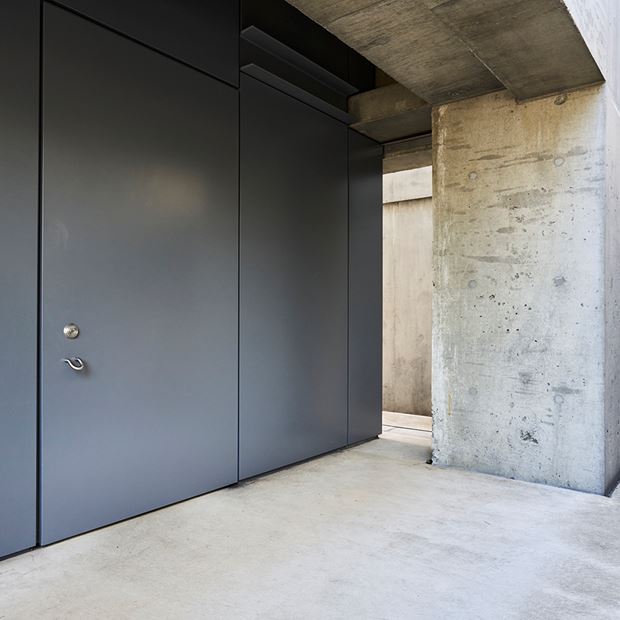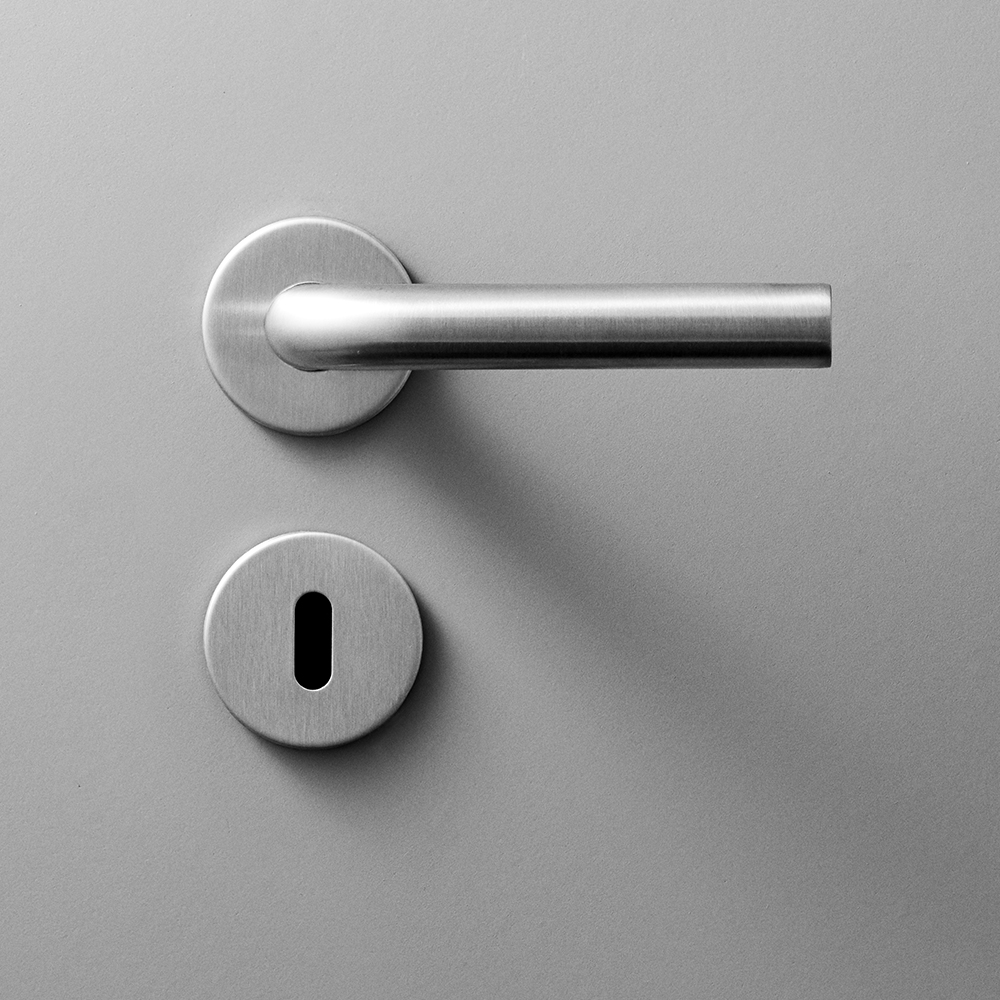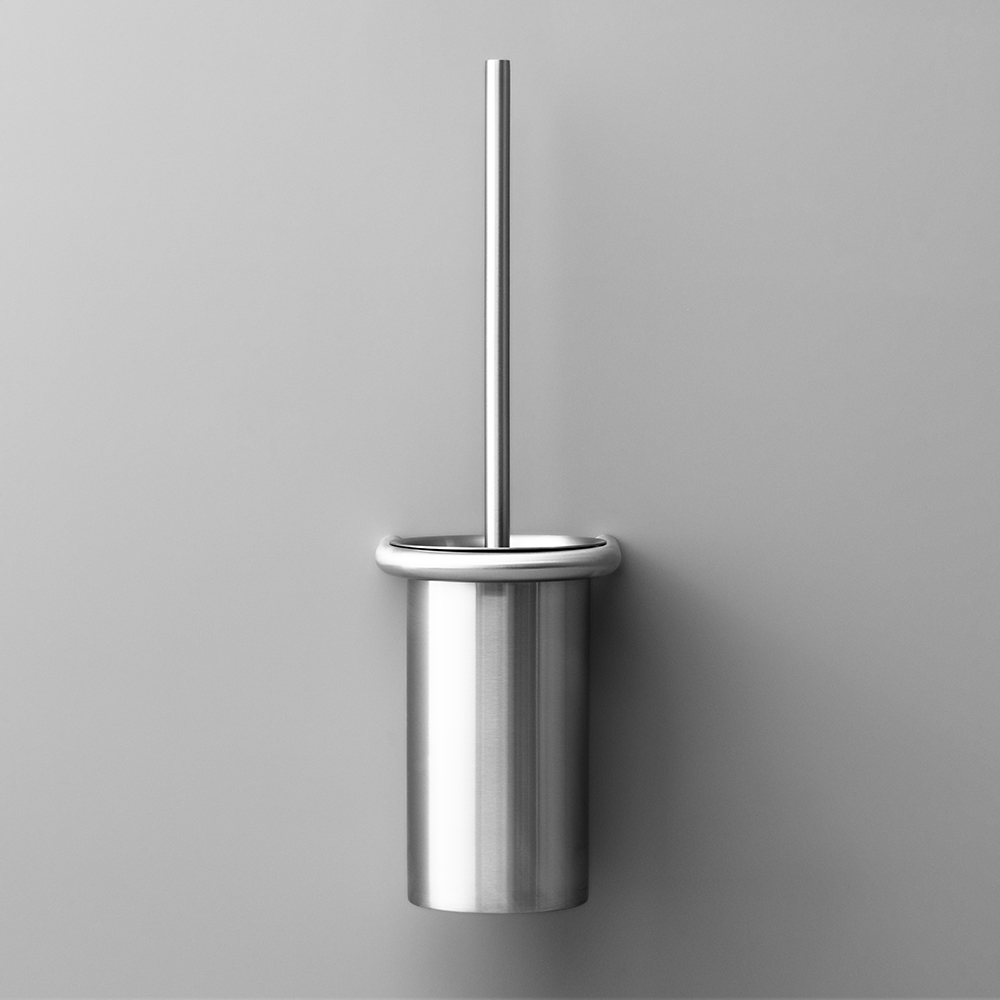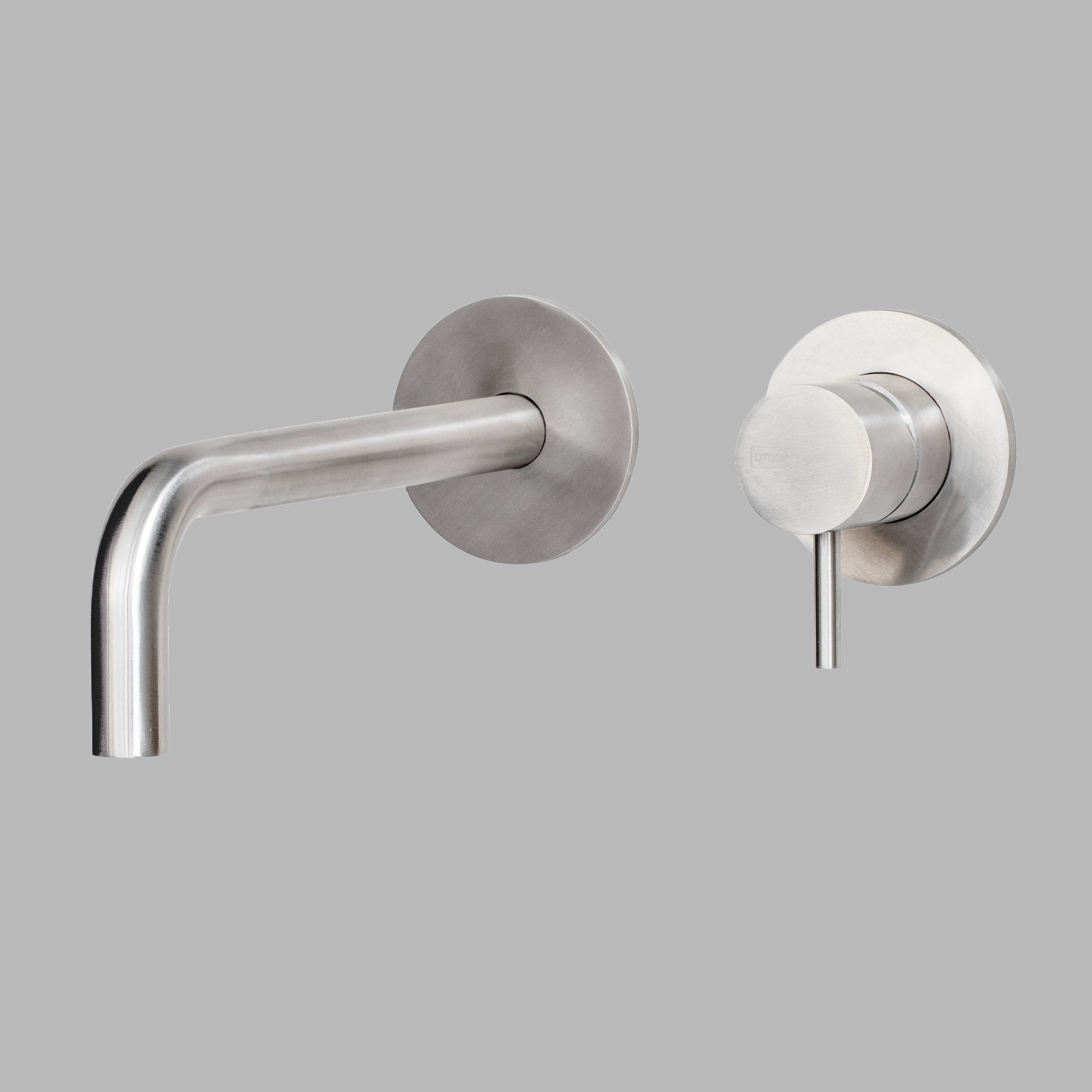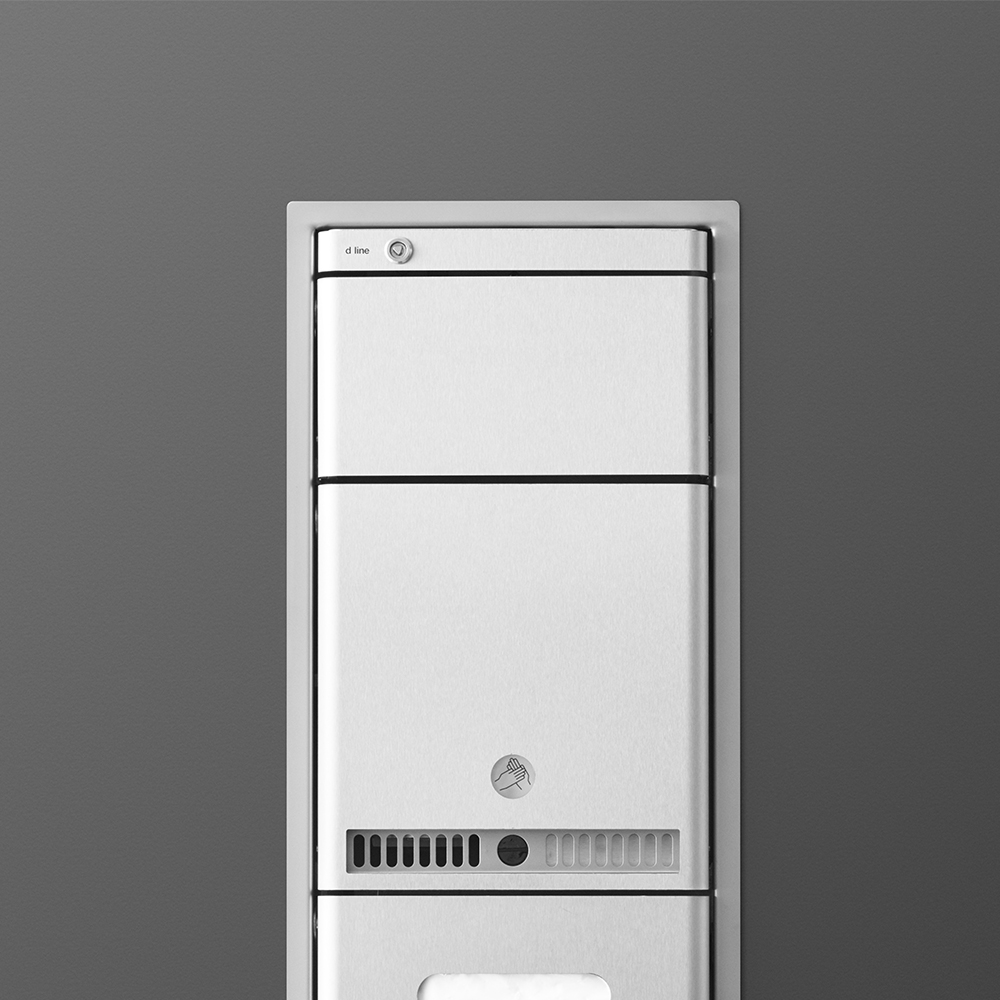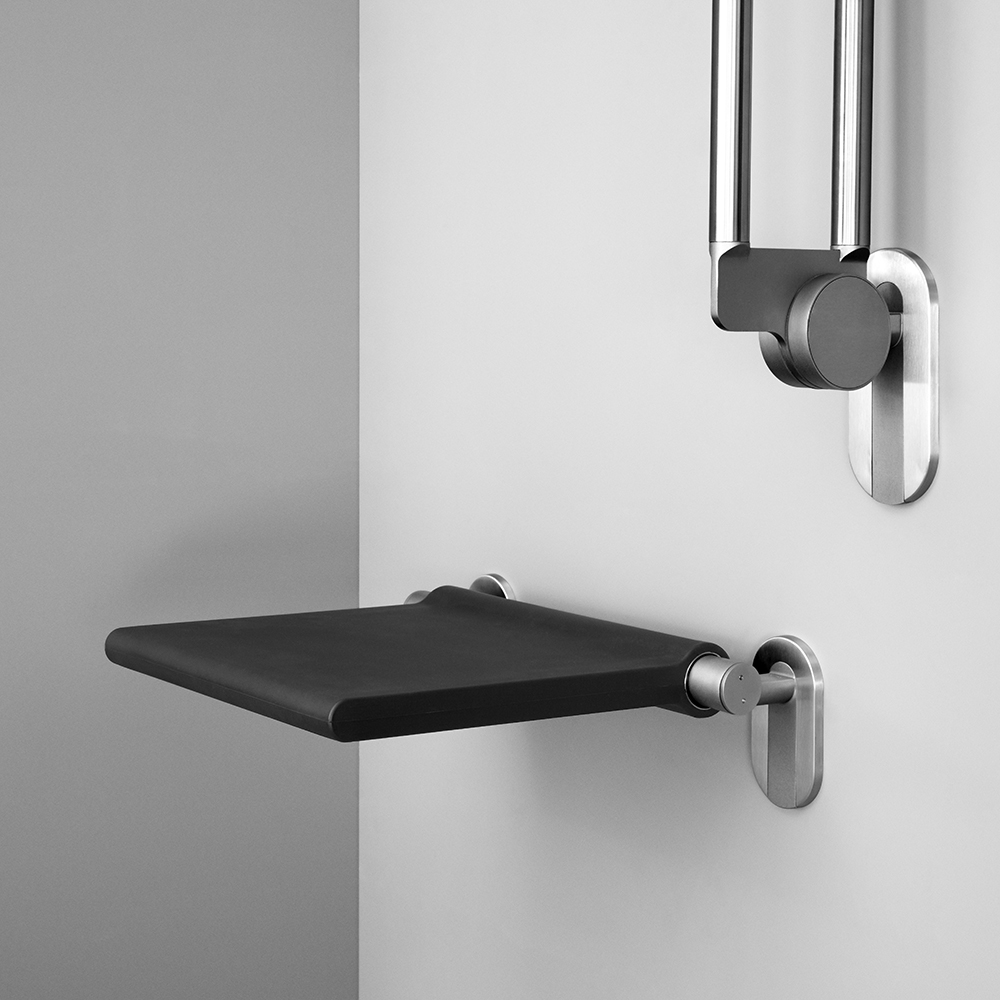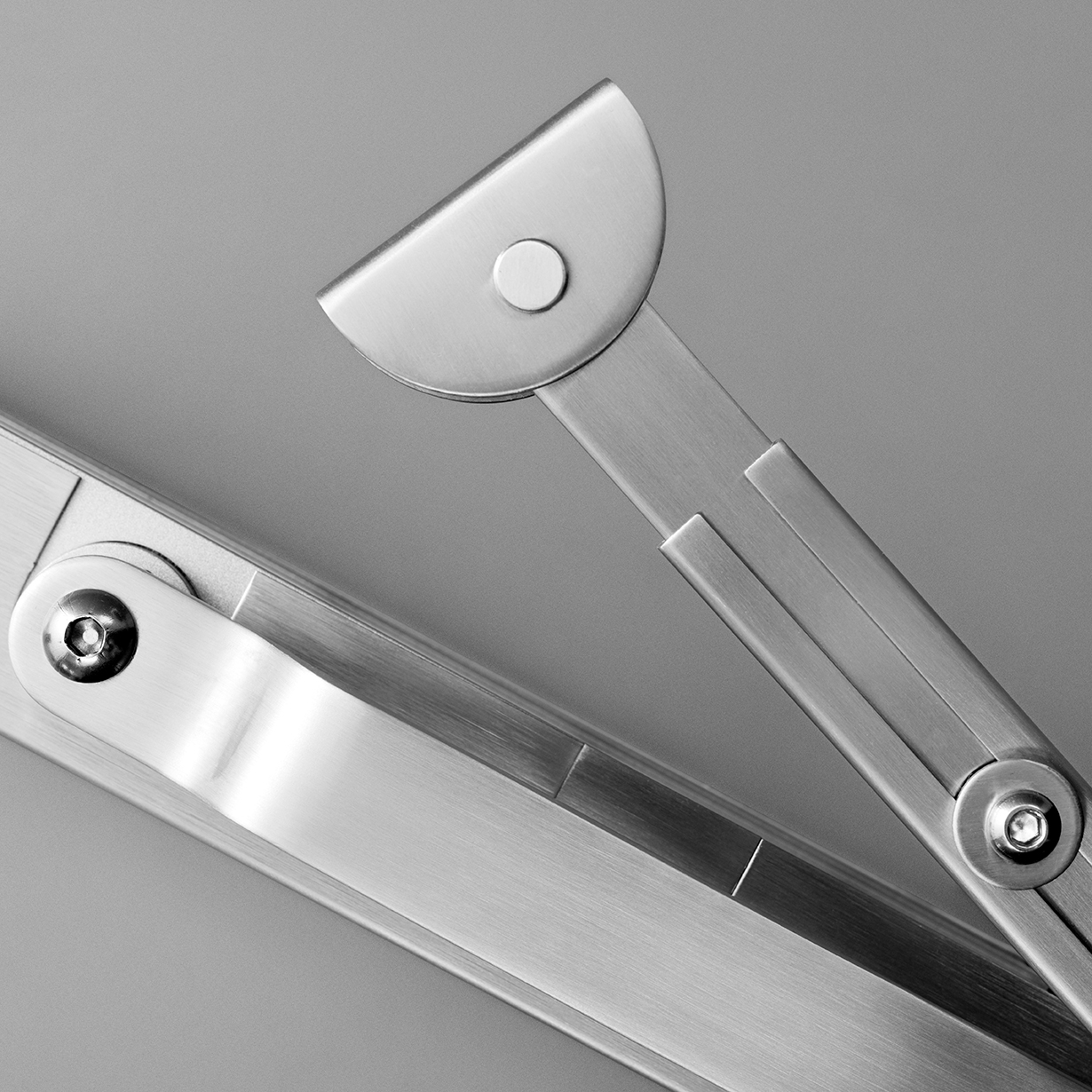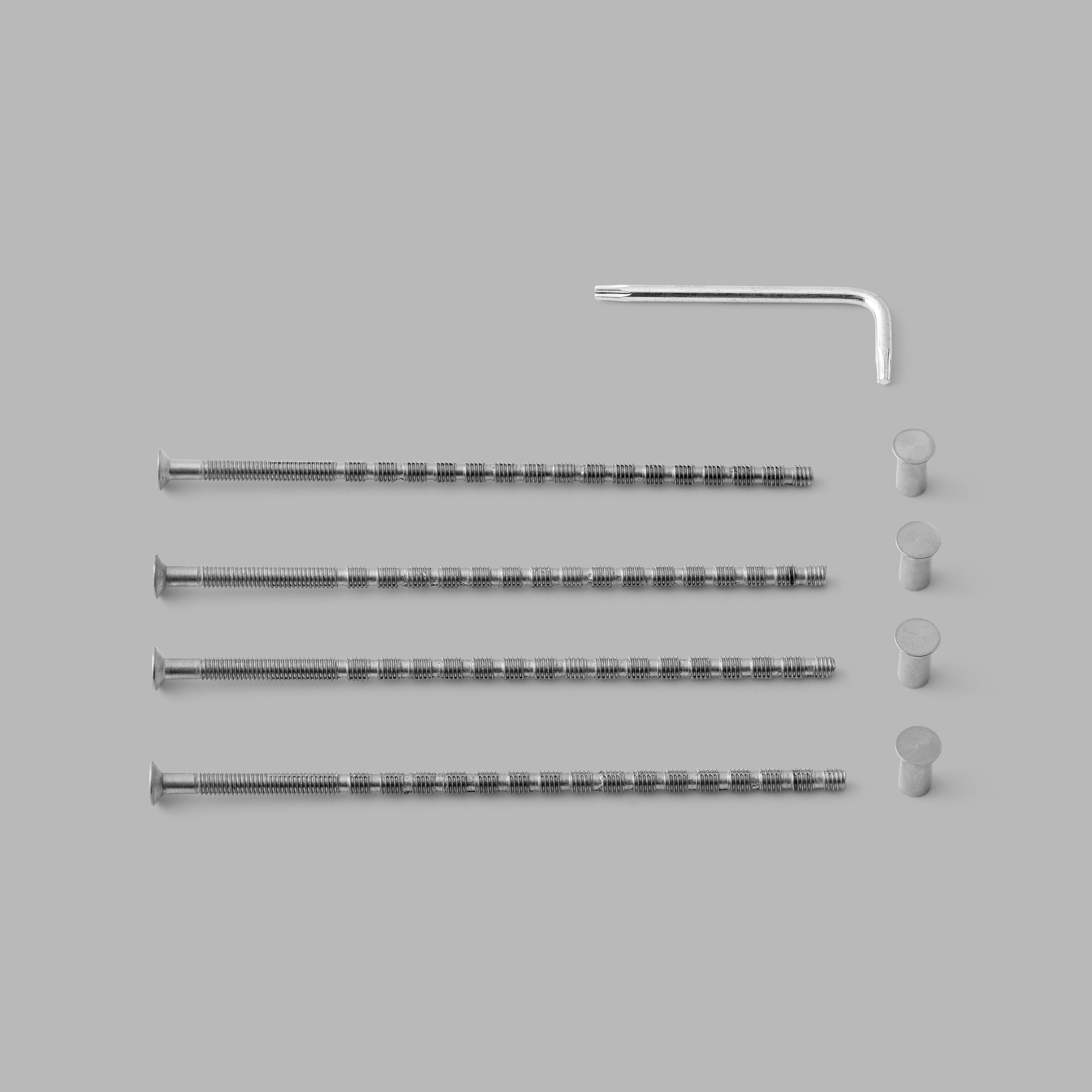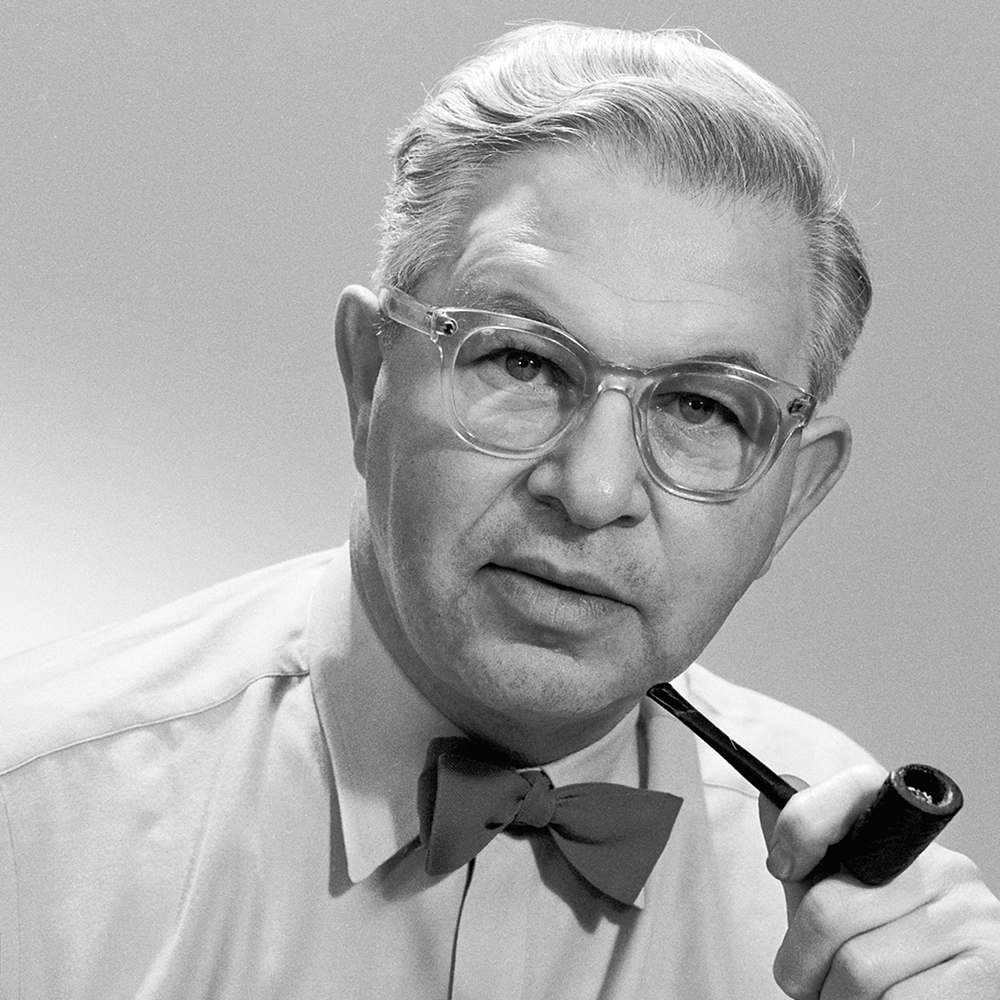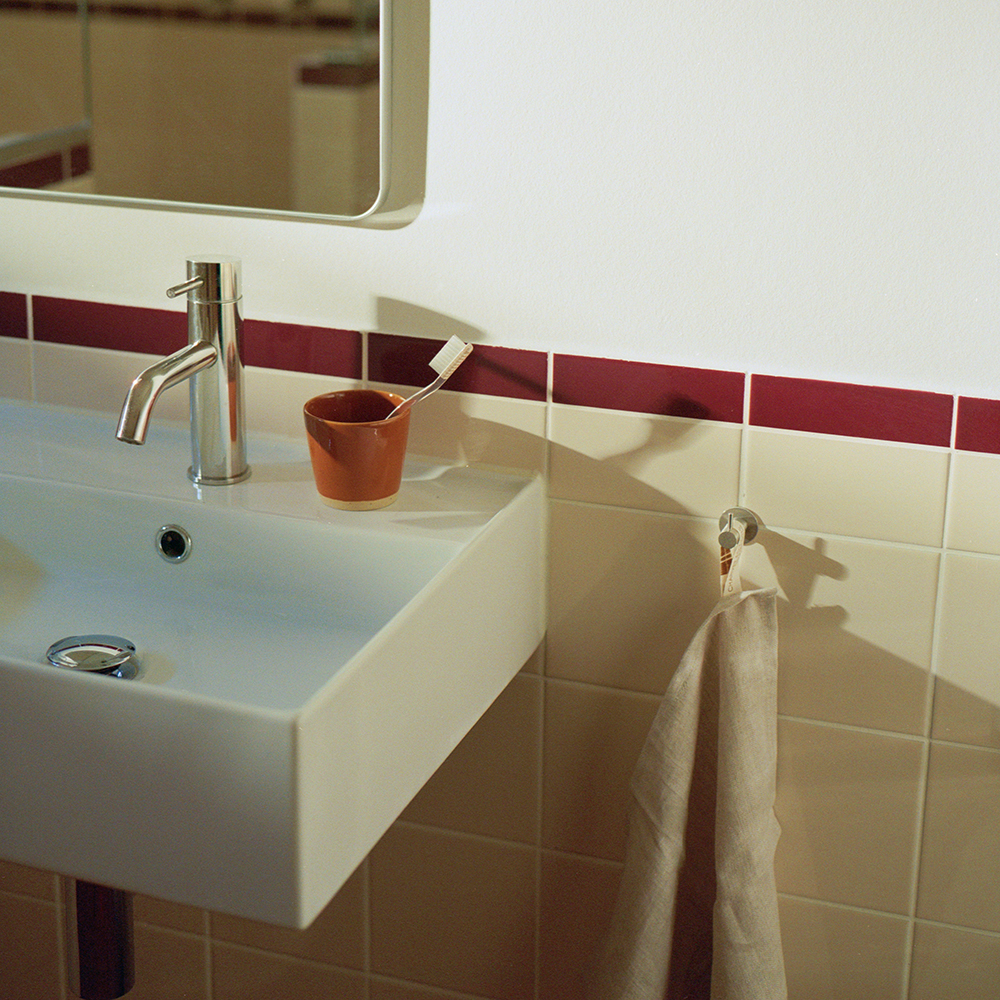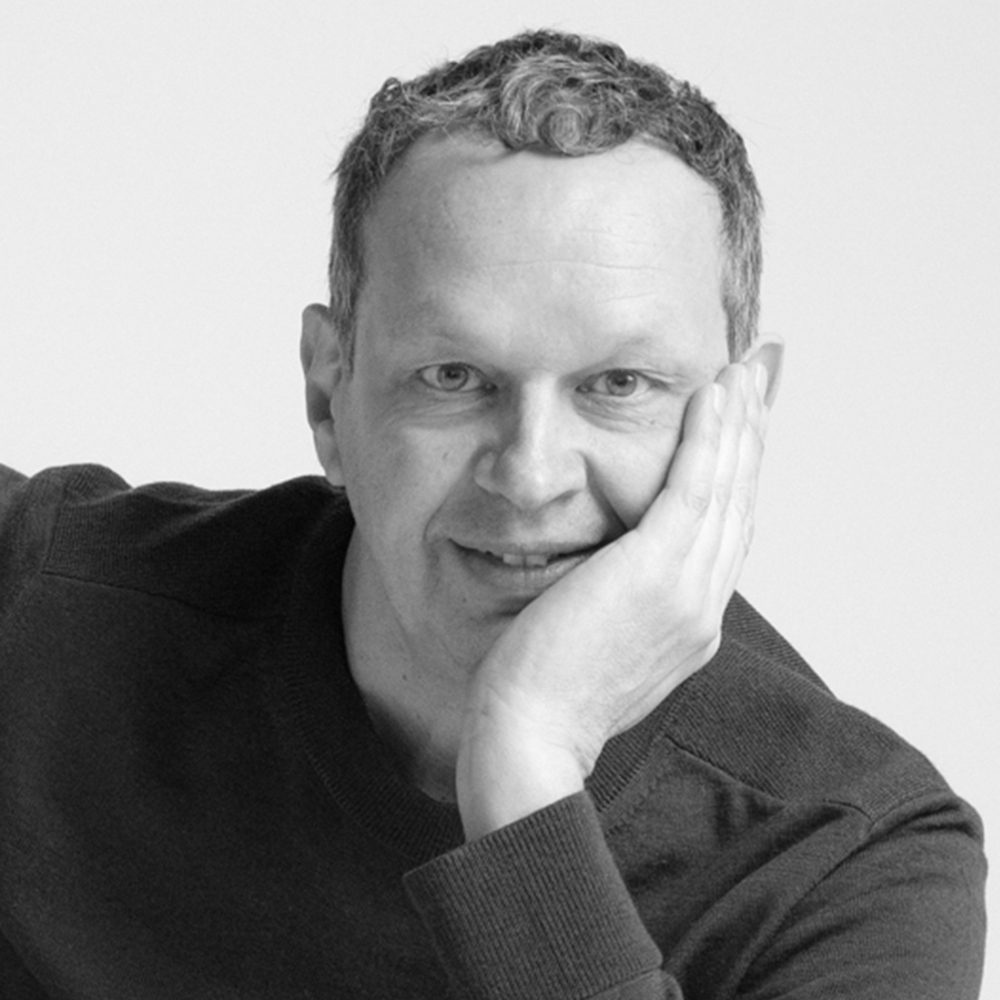Nobuo Araki’s minimalism meets d line’s enduring design
Nobuo Araki, a Tokyo based architect, crafts spaces that embody restraint, purpose, and sensitivity to time and place. A long-time collaborator with d line through Japanese partner Sugatsune, Araki has specified custom stainless steel solutions from d line for a number of his projects, each one a study in precision and minimalism. Among these are the Wilkhahn Forum Tokyo, a hybrid office and showroom; a residential condominium in Hiroo; and StandBy, a contemplative gallery space. Across all three, Araki chose to work with bespoke d line elements crafted in AISI 316 stainless steel, known for its durability, sustainability, and clean aesthetic.
A philosophy of purpose and clarity
Araki’s architectural philosophy reflects a respect for necessity. He believes in designing only what is needed, eliminating anything superfluous. “The main goal in my architectural process,” he says, “is to design with people and the environment - being aware of the time axis and circulation as well as the healing power of the earth.”
His path to architecture began in his youth, sparked by an initiative in his hometown:
“When I was a teenager, there was a project called Kumamoto ArtPolice led by Arata Isozaki in Kumamoto, where I am originally from. This project aimed for a prefectural initiative to commission architects from around the world to design public buildings, and several of these buildings were built near my parents' house and became a hot topic in the local media. At that time, I was thinking to join the art school, but by actually experiencing the architecture, I found it is more attractive bending which architecture has not only artistic view but also physical and mathematical elements, and decided to move forward to college of architecture.”
Araki is especially drawn to materials that embody endurance. This ethos aligns closely with d line’s values and offerings. When strength, both in form and function, is essential, Araki returns to d line.
“d line products are specified mainly when we require the strength… in both function and design.”
He is particularly fond of the early designs of Knud Holscher, while understated at first glance, they reveal their strength through refined utility and timeless design.
Between cultures: design across Japan and Denmark
Reflecting on the similarities and dissimilarities between Danish and Japanese design heritage Araki observes nuanced contrasts:
“Since the way history is accumulated is different in each countries, I can feel some differences in the awareness of time (materials and ways of being). Also, the awareness of space differs greatly, especially in the concepts of territory, outside and inside, and the Japanese concept of “Kekkai” (boundaries). In terms of ideology, Japan has a latent aesthetic sense, such as the “Tokowaka-idea,” which is rooted in the Japanese mindset of “always new” and “always young. The difference in awareness of newness, which is to maintain the essence while always keeping the newness, has a great impact on the way architecture is created.”
In every project, Araki’s minimalism is not just a stylistic choice, it’s a commitment to clarity, durability, and harmony.
